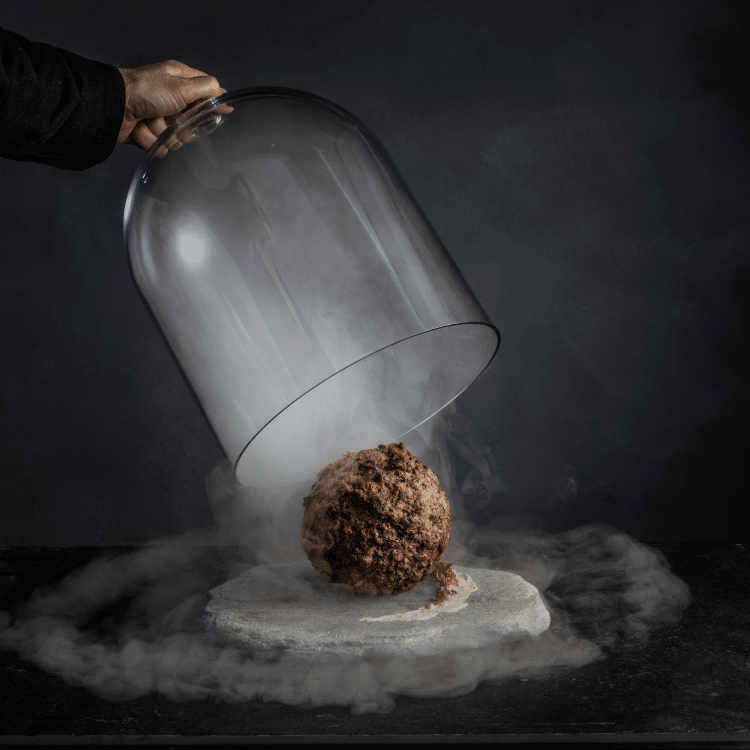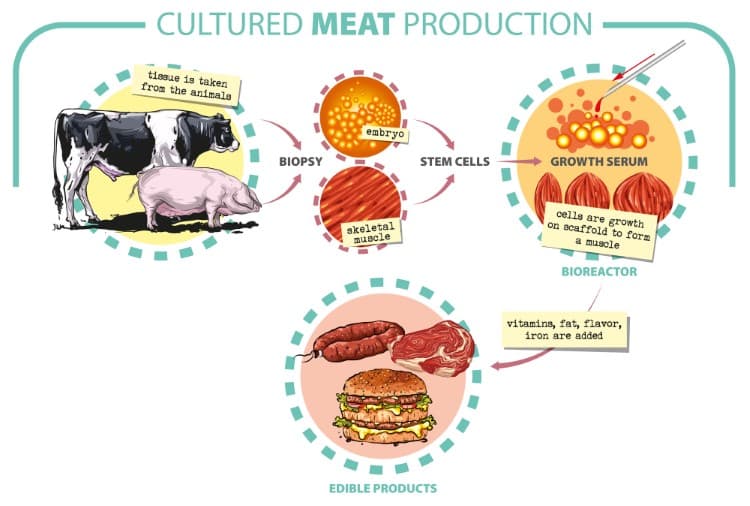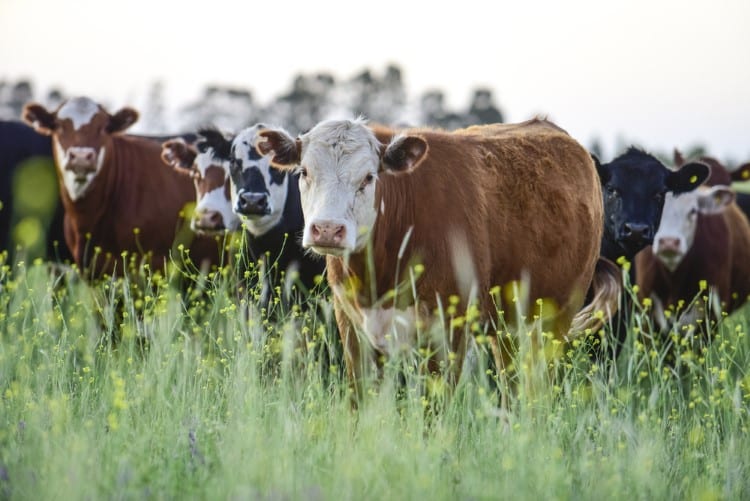
Photo: Vow
Traditional meat production is a leading stressor on the environment, as it's a known fact that raising livestock produces an incredible amount of greenhouse gases. As the world races against time to cut emissions, some companies are doing their part by showing how meat can be produced without livestock. And now one Australian company has created a meatball from the cells of an extinct woolly mammoth in order to bring attention to the process.
Cultivated, or cultured, meat is the process of creating animal meat via stem cells. The technology first gained attention a decade ago, when Dutch pharmacologist Mark Post presented the first meat-cultivated burger. Many companies now focus on producing cultivated meat, but the Australia-based Vow is taking a creative approach to the process. While they have produced standard meats like beef and chicken, they are also experimenting with different flavors like kangaroo, quail, crocodile, and alpaca.
Their woolly mammoth meatball—which hasn't yet been tasted—was dreamed up as a way to start a conversation about how much meat we consume and where it comes from.
“We have a behavior change problem when it comes to meat consumption,” says George Peppou, CEO of Vow. “The goal is to transition a few billion meat eaters away from eating [conventional] animal protein to eating things that can be produced in electrified systems.”
Vow believes that it can help people transition to cultivated meat by mixing and matching cells to create a nutritious and delicious option for consumers. Singapore has already approved the sale of cultured meat and chicken by the company Good Meat and they are currently available for purchase. Vow will be offering their Japanese quail to diners in Singapore later this year.
The United States is also poised to start allowing cultured meat to come to market. In late 2022, the FDA also gave approvals that will open the door for meat and seafood produced in labs to eventually hit the shelves in America.
While there might be some hesitancy on the part of the public to eat meat produced in a lab, concerns about the environment and food insecurity make this technology more important than ever.
“It’s a little bit strange and new—it’s always like that at first,” shares Professor Ernst Wolvetang of the Australian Institute for Bioengineering at the University of Queensland. Professor Wolvetang helped Vow create the mammoth muscle protein used to give the meat its flavor. “But from an environmental and ethical point of view, I personally think [cultivated meat] makes a lot of sense.”
The woolly mammoth meatball, which was gifted to the Rijksmuseum Boerhaave in the Netherlands, may seem like a publicity stunt, but for Vow, the use of an extinct animal is important.
“We chose the woolly mammoth because it’s a symbol of diversity loss and a symbol of climate change,” shares Vow co-founder Tim Noakesmith.
While the unusual meatball has people talking, it remains to be seen if it will push the public to change their mentality about the type of meat that they consume.
Cultivated food company Vow created a meatball using cells from a woolly mammoth as a way to start a conversation about eating conventionally produced meat.
View this post on Instagram
Vow is one of many companies that produce edible animal meat and seafood from cells in a lab.

Photo: Lukaves/Depositphotos
These food items are seen as a way to combat the negative environmental effects of raising livestock.

Photo: FOTO4440/Depositphotos
Vow: Website | Instagram
h/t: [The Guardian]
Related Articles:
Scientists Develop a Vaccine That Could Help Save the Honey Bees
1,900-Year-Old Snacks Are Found in the Sewers Beneath the Colosseum
Scientists Make Blue Ice Cream With All-Natural Blue Dye Discovered in Red Cabbage
Engineering Students Invent Edible Tape for Burritos So You Never Have a Messy Meal Again





















































































